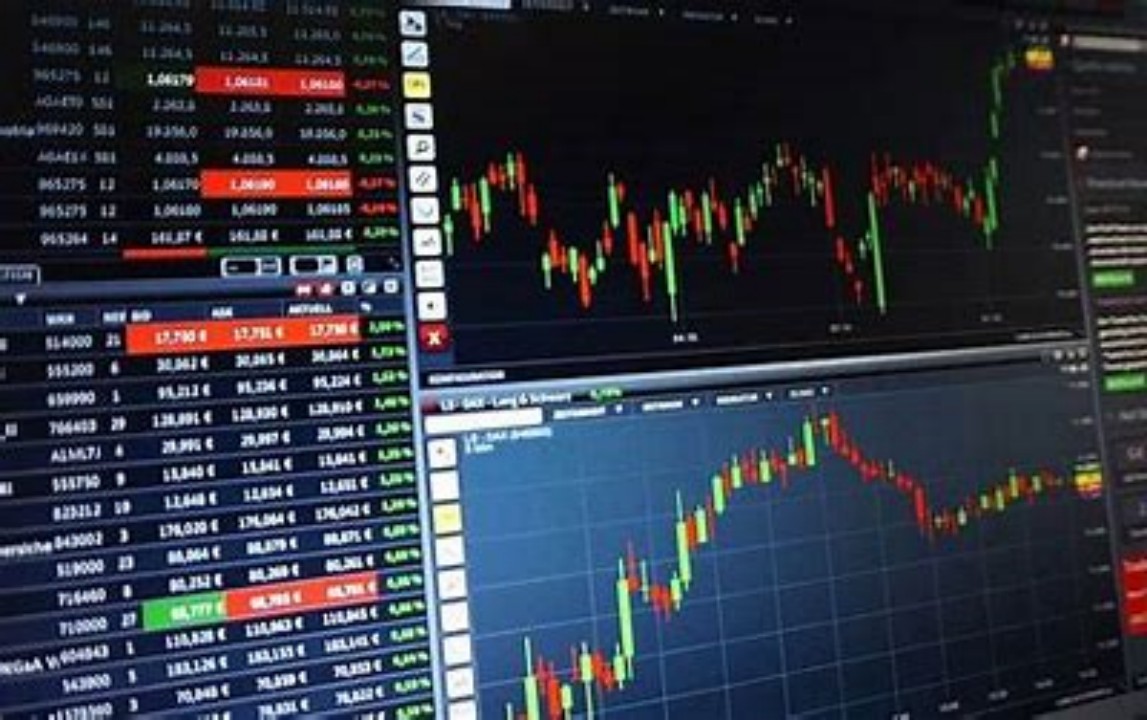Trading in the world of CFDs, or Contracts for Difference, can be a thrilling adventure, but it’s not without its challenges. It’s a game of strategy, timing, and a bit of luck. And just like any game, having the right tools at your disposal can make all the difference. That’s where advanced analysis techniques come into play. These techniques are like the secret weapons in a CFD trader’s arsenal, helping them navigate the complex and often unpredictable markets (referred to as اسواق in Arabic) with more confidence and precision.
The Power of Advanced Analysis Techniques
Advanced analysis techniques are not just about crunching numbers; they’re about understanding the market’s heartbeat. They allow traders to delve deeper into the market dynamics, identifying patterns and trends that might not be immediately apparent. This deeper understanding can lead to more informed decisions, potentially increasing the chances of success in the markets.
Embracing the Numbers: Technical Analysis
Technical analysis is the art of predicting future price movements based on historical data. It’s a cornerstone of advanced analysis techniques for CFD traders. By examining charts, patterns, and indicators, traders can identify potential entry and exit points for trades. This approach is purely based on the belief that history repeats itself, and by studying the past, we can predict the future.
The Human Touch: Fundamental Analysis
While technical analysis focuses on the numbers, fundamental analysis (referred to as تحليل التداول بالعقود مقابل الفروقات in Arabic) takes a broader view. It looks at the economic, financial, and even political factors that can influence the value of an asset. From interest rates to company earnings reports, understanding these underlying factors can provide valuable insights into the market’s direction.
The Art of Market Timing: Sentiment Analysis
Sentiment analysis is the study of market emotions. It’s about understanding how other traders and investors are feeling about a particular market or asset. This can be a powerful tool in the hands of a CFD trader, as it can help gauge the overall market sentiment and anticipate shifts in market trends.
The Cutting Edge: Machine Learning and AI in CFD Trading
The world of CFD trading is not immune to the impact of technology. Machine learning and artificial intelligence are increasingly being used to analyze vast amounts of data and identify patterns that human analysts might miss. These advanced tools can process information at a speed and scale that is simply beyond human capability, offering a new dimension to CFD trading analysis.
The Importance of Risk Management
No matter how advanced your analysis techniques are, there’s always an element of risk involved in trading. That’s why risk management is an integral part of any trading strategy. It’s about setting stop-loss orders, managing position sizes, and ensuring that you’re not overexposed to any single trade or market.
The Role of markets in CFD Trading
markets is a CFD trading platform that provides traders with a range of tools and resources to help them make informed decisions. From advanced charting tools to real-time news feeds, markets is designed to empower traders with the information they need to succeed.
Analysis of CFD Trading: A Personal Journey
My journey into the world of CFD trading has been a rollercoaster of emotions, from the exhilarating highs of successful trades to the gut-wrenching lows of losses. But through it all, I’ve learned that the key to success is a combination of advanced analysis techniques and a strong personal discipline. It’s about understanding the market, mastering the tools at your disposal, and having the courage to act on your convictions.
The Future of CFD Trading Analysis
As the markets continue to evolve, so too will the analysis techniques used by traders. We can expect to see even more sophisticated tools and technologies emerging in the future, making the process of CFD trading even more precise and efficient. But at the heart of it all, the human element remains crucial. It’s the trader’s ability to interpret and act on the data that ultimately determines success or failure in the markets.
In conclusion, advanced analysis techniques are not just a luxury for CFD traders; they’re a necessity. Whether you’re a seasoned pro or just starting out, embracing these techniques can give you the edge you need to navigate the complex world of CFD trading. So, strap in, do your homework, and let the analysis guide you to the opportunities that await in the markets.





